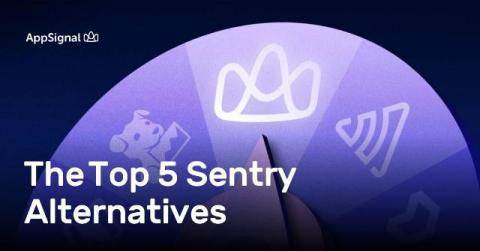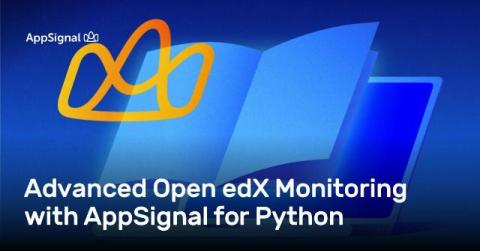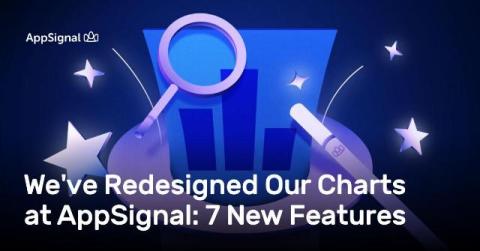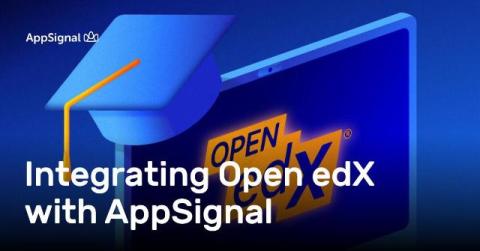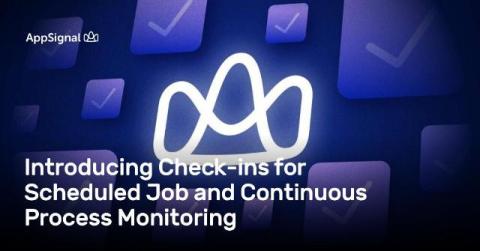The Top 5 Sentry Alternatives
Having previously compared the top 5 Datadog alternatives and the top 5 alternatives to Honeybadger, this time we'll compare Sentry against five competing application performance monitoring (APM) tools, so that you can find the best choice for you. We'll compare Sentry to AppSignal first, then Honeybadger, Datadog, New Relic, and Scout.


